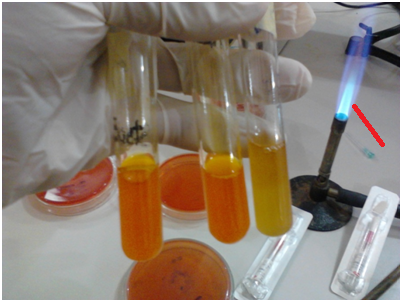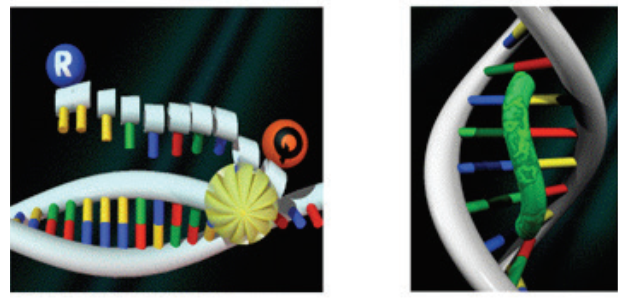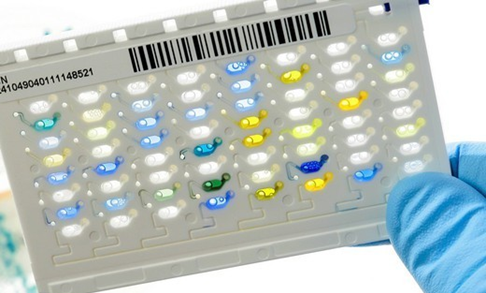Aseptic technique refers to all the quality control and precautionary measures taken by microbiologists in the laboratory in order to ensure that all working apparatuses are germ-free. It involves numerous processes taken to reduce or prevent the contamination of microbial cultures, reagents and culture media. Aseptic techniques also include all other precautionary measures taken to protect the laboratory personnel from direct or indirect contamination from harmful microorganisms.
Working inside the biological safety cabinet or hood (Figure 1), flaming the inoculating loop prior to the transfer of microbes, disinfecting the work bench with antimicrobial agents, sterilizing or autoclaving used plates and cultures before disposing them, flaming the neck of reagent bottles prior to dispensing and flaming the surfaces of forceps and other working tools amongst others are some of the important aseptic techniques observed in the microbiology laboratory.
The mouth or neck of reagent bottles and tubes or flask containing culture media should be properly flamed over a Bunsen burner flame (Figure 2) prior to dispensing in order to prevent contamination of the medium. In summary, the main aim of ensuring aseptic technique in the microbiology laboratory is to prevent contamination.


REFERENCES
Garcia L.S (2010). Clinical Microbiology Procedures Handbook. Third edition. American Society of Microbiology Press, USA.
Garcia L.S (2014). Clinical Laboratory Management. First edition. American Society of Microbiology Press, USA.
Ira R (1995). Bacteriology, Standard Operative procedure manual for microbiology laboratories, National Institute of Biologicals. Pp. 73-97.
Madigan M.T., Martinko J.M., Dunlap P.V and Clark D.P (2009). Brock Biology of Microorganisms, 12th edition. Pearson Benjamin Cummings Inc, USA.
Woods GL and Washington JA (1995). The Clinician and the Microbiology Laboratory. Mandell GL, Bennett JE, Dolin R (eds): Principles and Practice of Infectious Diseases. 4th ed. Churchill Livingstone, New York.
Discover more from Microbiology Class
Subscribe to get the latest posts sent to your email.



